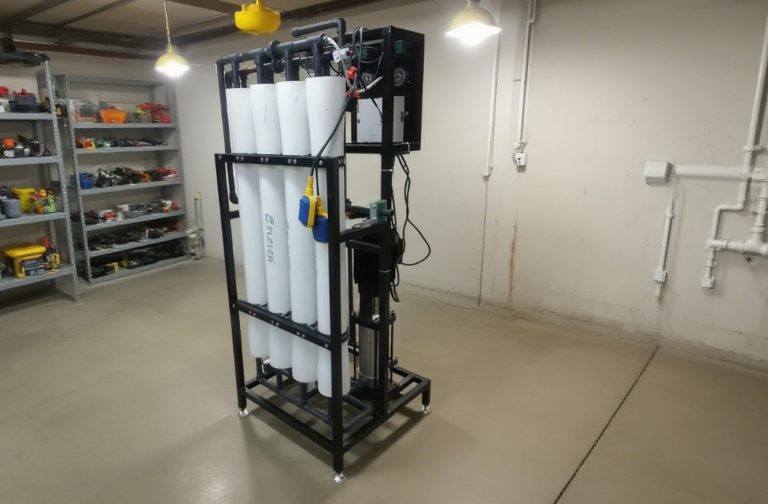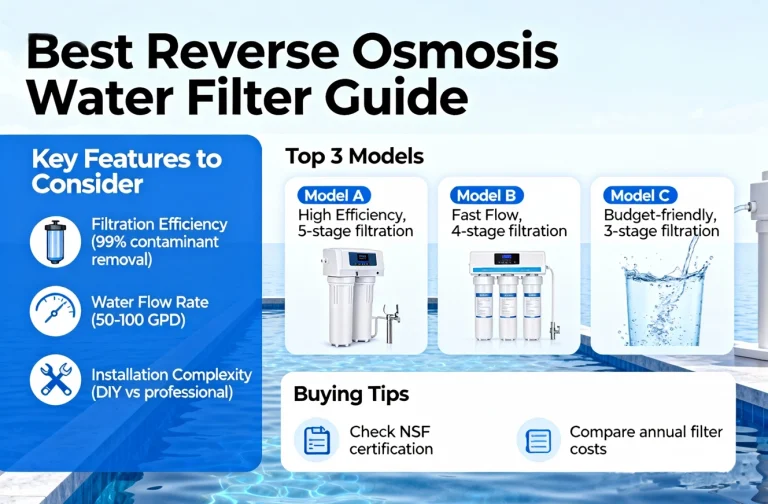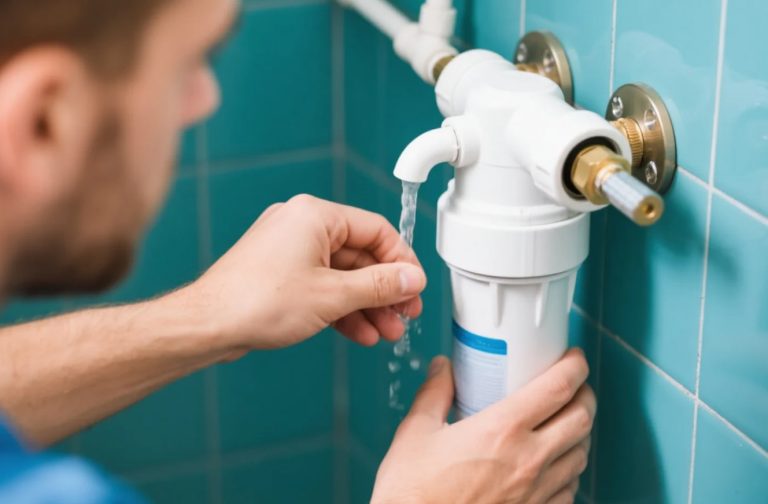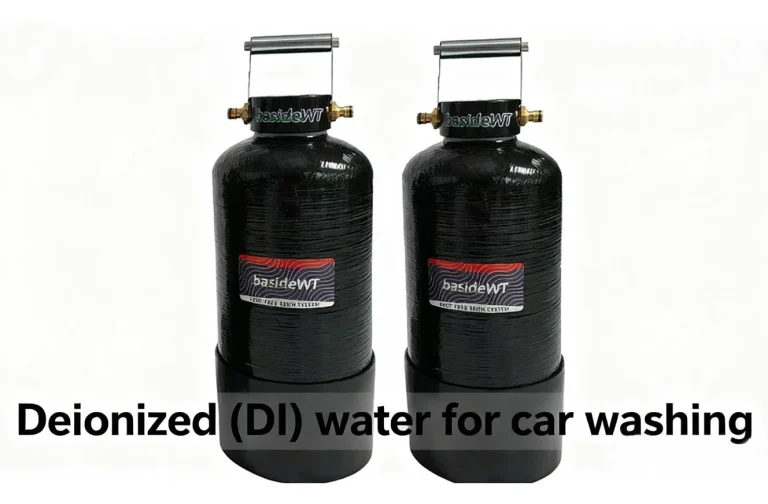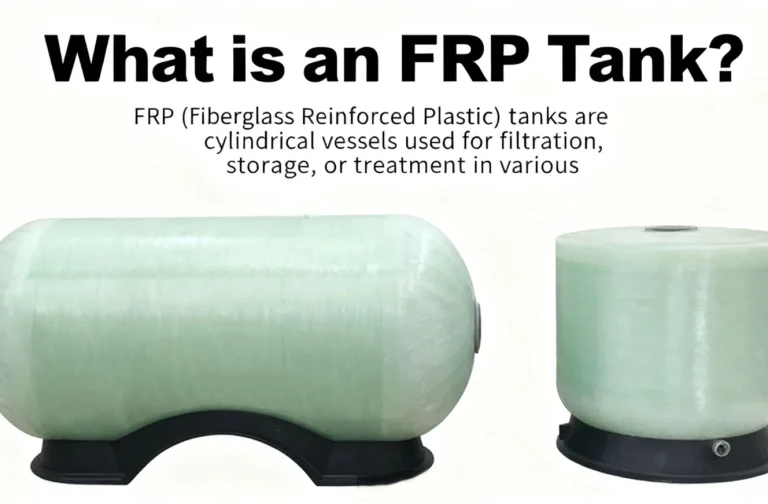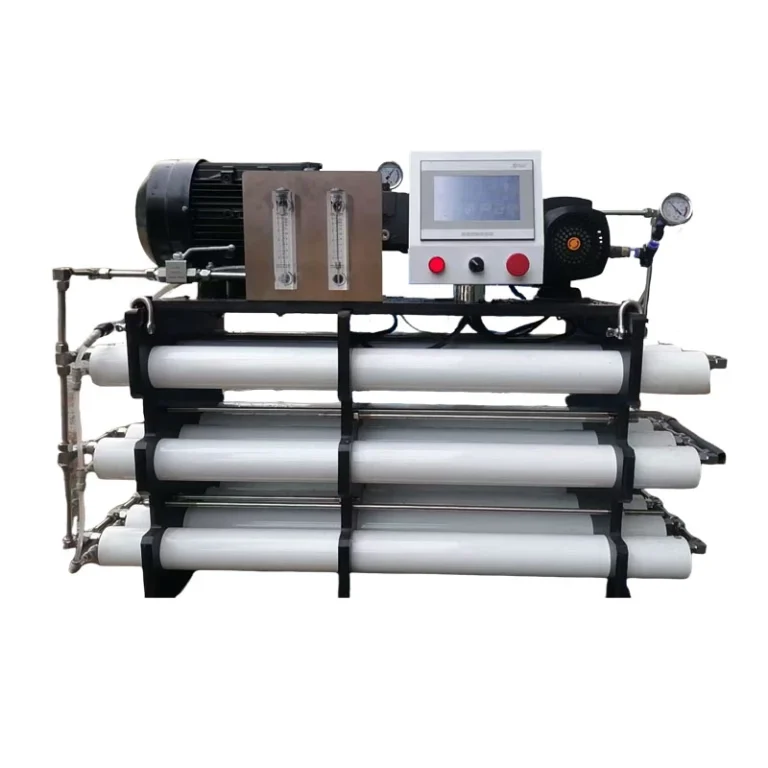BasideWT- Whole Home Water Filtration System & Replacement

What Is Reverse Osmosis Water Filter System
What is a Reverse Osmosis Water Filter System?
In today’s world, where water quality is a growing concern, ensuring that the water we consume is clean and safe is more important than ever. One of the most effective and popular methods to achieve purified water is through a Reverse Osmosis (RO) Water Filter System. But what exactly is this system, how does it work, and why is it so highly regarded? In this article, we’ll break down the basics of reverse osmosis and explain why it might be the right solution for your water filtration needs.
What is Reverse Osmosis?
Reverse Osmosis (RO) is a water purification process that removes unwanted particles, contaminants, and impurities from water by forcing it through a semi-permeable membrane. This membrane allows only water molecules to pass through while blocking larger molecules, such as salts, minerals, and other contaminants.
The term “reverse” refers to the process of reversing the natural osmosis process. In natural osmosis, water flows from a less concentrated solution (with fewer dissolved substances) to a more concentrated one, in an attempt to balance the concentration of substances on both sides of a membrane. In reverse osmosis, pressure is applied to the concentrated side, forcing water molecules through the membrane and leaving contaminants behind.
How Does a Reverse Osmosis Water Filter System Work?
A typical reverse osmosis system consists of multiple stages of filtration, each designed to remove specific impurities. The process usually includes the following steps:
- Pre-filtration: Water first passes through a sediment filter that removes larger particles like sand, dirt, and rust. This step helps prevent clogging of the RO membrane.
- Activated Carbon Filtration: The next stage involves an activated carbon filter, which helps remove chlorine, volatile organic compounds (VOCs), and unpleasant odors and tastes from the water.
- Reverse Osmosis Membrane: This is the core of the system. The RO membrane allows only water molecules to pass through while blocking dissolved salts, heavy metals, bacteria, and other contaminants. The filtered water is collected on the clean side, while the contaminants are flushed away.
- Post-filtration: After passing through the RO membrane, water often undergoes additional filtration to ensure its taste and quality. A final activated carbon filter may be used to further purify the water.
- Storage Tank: Once the water has been filtered, it is stored in a clean tank until needed. This allows for a steady supply of purified water.
- Delivery: When you turn on the faucet, purified water is delivered to you, while any contaminants remain in the drain.
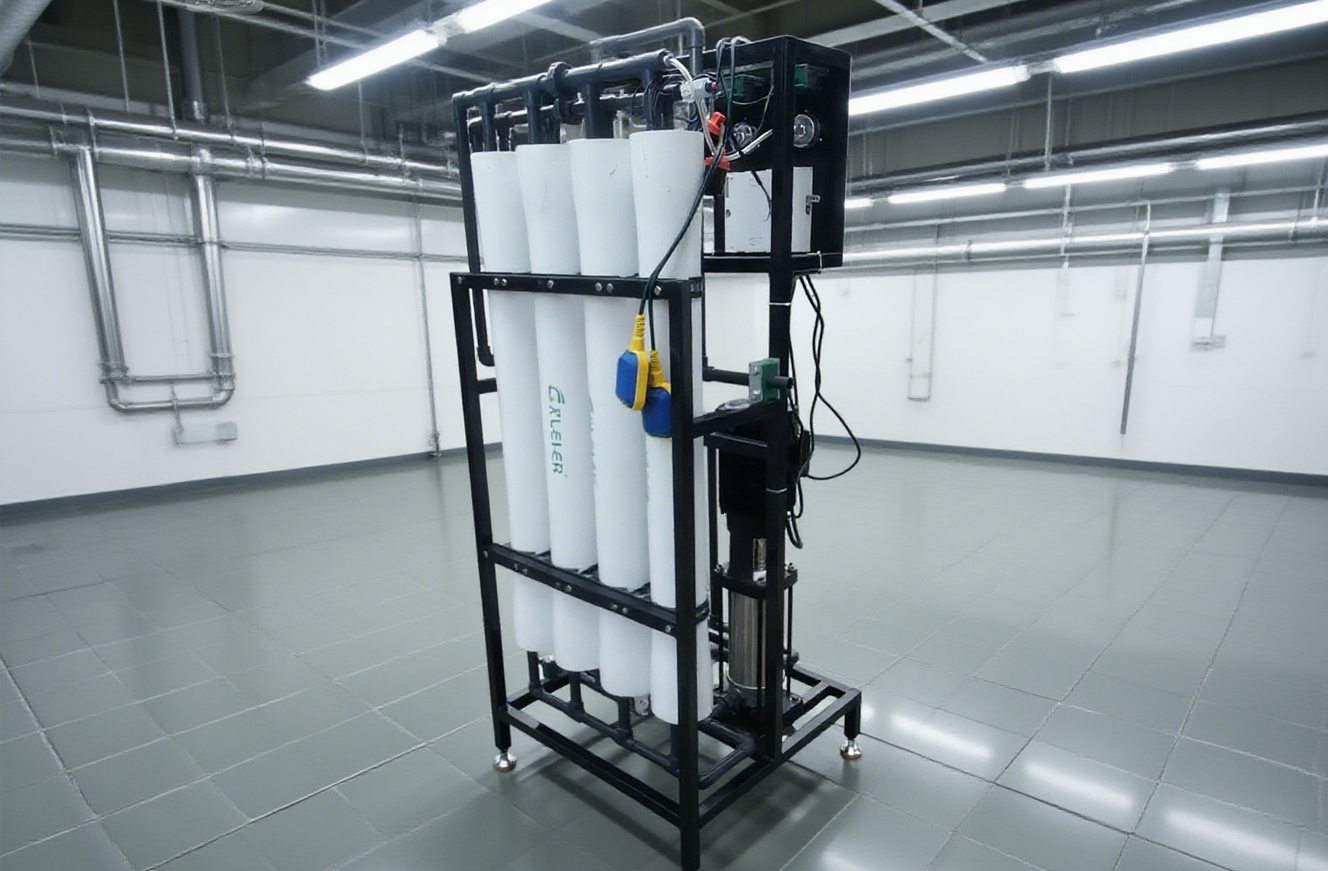
Key Benefits of Reverse Osmosis Water Filter Systems
There are several compelling reasons why people choose reverse osmosis systems for their homes or businesses:
1. Improved Water Quality
RO systems are highly effective at removing a wide range of contaminants, including heavy metals like lead, arsenic, and mercury, as well as pesticides, chlorine, fluoride, and bacteria. This results in water that is not only cleaner but also tastes better.
2. Health Benefits
By removing harmful contaminants, an RO system can help reduce the risk of health issues such as digestive problems, skin conditions, and long-term exposure to toxins like lead. Clean water is essential for overall health, and a reverse osmosis filter can provide peace of mind.
3. Better Taste and Odor
Chlorine and other chemicals often used in municipal water treatment can leave a strong, unpleasant taste and odor. RO filtration removes these chemicals, leaving behind fresh-tasting water.
4. Cost-Effective
While the initial investment in a reverse osmosis system may seem high, it can save you money in the long run by eliminating the need for bottled water. Many RO systems are designed for home use, making them affordable and convenient for households that want to enjoy clean, purified water every day.
5. Environmentally Friendly
By using an RO system, you can significantly reduce the amount of plastic waste associated with bottled water. This eco-friendly choice contributes to a cleaner environment by cutting down on plastic consumption.
Common Contaminants Removed by Reverse Osmosis
Reverse osmosis systems are capable of removing a wide range of harmful contaminants, including but not limited to:
- Heavy metals: Lead, arsenic, mercury, copper
- Chlorine and chloramine: Used in municipal water treatment
- Fluoride: Often added to public water supplies
- Pesticides and herbicides: Residue from agricultural practices
- Bacteria and viruses: Pathogens that can cause illnesses
- TDS (Total Dissolved Solids): Dissolved salts and minerals
Are There Any Drawbacks to Reverse Osmosis?
While reverse osmosis systems are incredibly effective, they do have a few potential drawbacks:
- Water Waste: RO systems can waste a significant amount of water during the filtration process. For every gallon of purified water, 3-4 gallons may be discarded as waste.
- Mineral Removal: The RO process removes not only harmful contaminants but also beneficial minerals like calcium and magnesium. Some people may choose to remineralize their water after filtration, or use a mineral filter in combination with the RO system.
- Maintenance: RO systems require periodic maintenance, including replacing filters and membranes. This ensures the system continues to work effectively over time.
Who Should Consider a Reverse Osmosis System?
Reverse osmosis systems are ideal for:
- Households with concerns about water quality, including contaminants like lead, pesticides, or chlorine.
- People who prefer the taste and safety of purified water without the hassle of bottled water.
- Areas with hard water, where RO systems can effectively remove mineral buildup.
If you’re unsure whether an RO system is right for you, consider getting your water tested to understand what contaminants may be present. This will help you determine if an RO filter is necessary.


